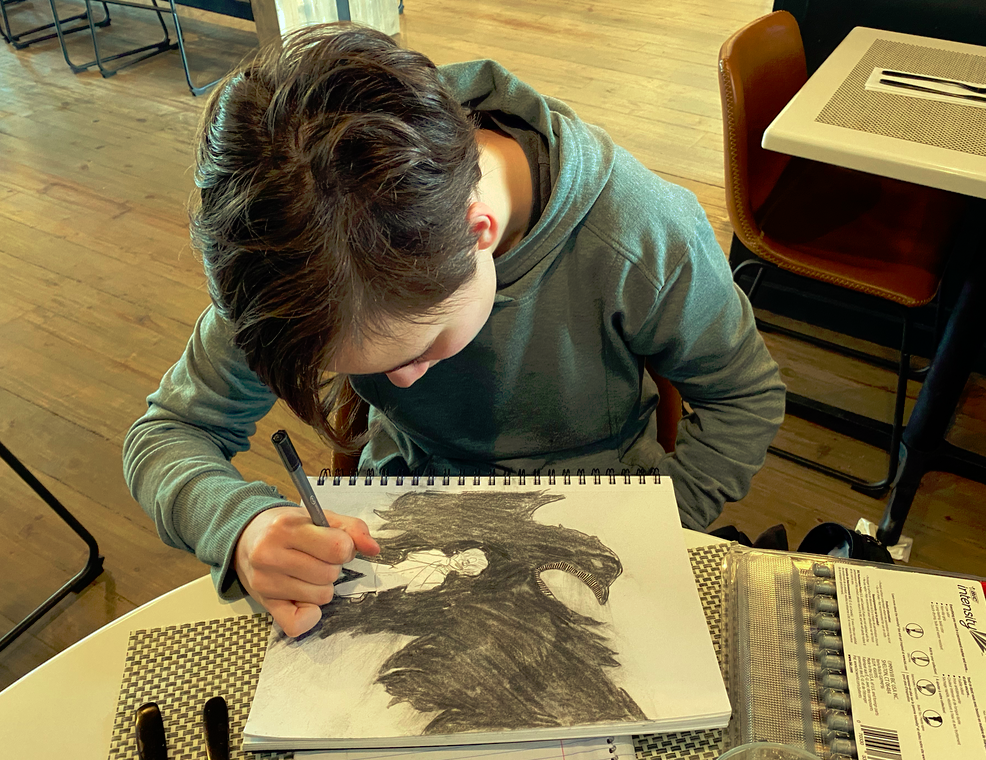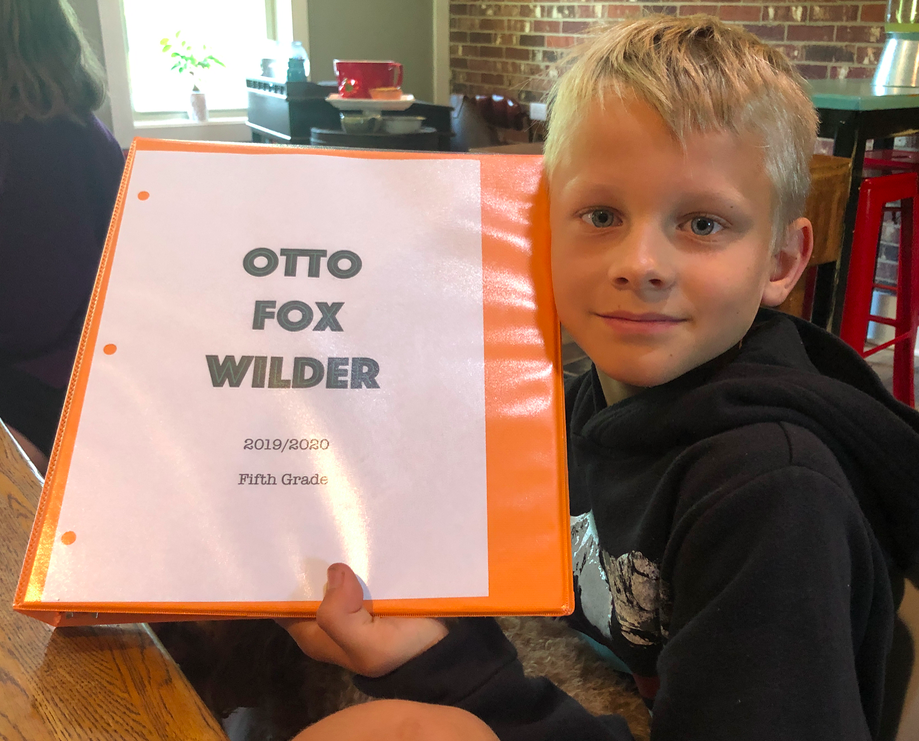What is there – and what isn’t. What we see and what we don’t.
It’s a funny thing.
Perception.
What is real vs. what seems to be real.
What is true vs. what feels true.
What other people see and what is actually going on.
What we think we said and what someone else thinks they heard.
I’d wager a bet that perception is to blame for most all of our misunderstandings with these pesky things we call relationships from one human to another human.

It’s part of the reason why two people can watch an accident and have two different stories to tell after it has happened. It’s part of the reason why two siblings can grow up in the same home with the same set of parents and have wildly different memories from the same childhood.
What we see is not always what is real. What we think is real is not always the entire story. You know, tip of the iceberg and all that. Hopefully, at some level, social media has kind of enhanced our awareness of this situation. We all know how easy it is to take a photo of a cute cup of coffee after we have slid the stack of dirty dishes just left of the photo. We know how we take thirteen shots of the kids before we finally get one where they aren’t crying, closing their eyes or shoving their sister with their elbow.
Things aren’t what they seem.
But it’s funny how, even as (basically) fully functioning adults who know this truth from a myriad of different angles, we still act like what we see is what we get. We still look at an image of a life and think it is the entire life. We still hear a story and think that’s the whole story. We see a person and we see an action and we think we’ve figured them out.
When Hawkeye and I went skiing together for his birthday, this truth came whooshing at me as fast as the air around my goggled eyes did.
After every run down the slope, while he and I sat on the ski lift (me imagining with each second one of us flailing to the snowy earth below) Hawkeye would say to me, “Man, Mom. I didn’t know you could ski so well.”

Next lift ride. “Hey Mom. You’re really skiing so fast.”
Next ride. “Mom, why didn’t you tell me you could ski before? You’re doing great.”
It was sweet encouragement. Sincere. (And don’t think I didn’t like the rosy glow of being cool in my nearly thirteen year old son’s eyes. I know that window is alarmingly short-lived and I want to seize all the chances to be impressive to him.)
However.
I also knew something else.
Something my son could not see when he watched me ski down the hill.
Sure, I looked fine. Capable. My borrowed ski goggles helped me look the part and I was certainly taking the slope at a decently high rate of speed.

But I knew, I alone knew, that the truth was that I was careening down those hills with a barely contained sliver of control. A just held in check chaos about to break through and cause catastrophic damage at any moment. One bump away from exploding.
I knew the farce.
I knew the image of what looked true did not line up at all with what was actually true.
Berg saw something else. He saw one thing that looked completely accurate to his eyes. (And sort of was.) But I knew the other thing that his eyes couldn’t see that was actually more true. A fuller truth.
It’s how it goes in mothering, in parenting, in being in a relationship, in the skillset in which you are the “expert”, and in all the Instagram posts.
There’s the picture. (Which is true in portion.) And the other truth. (Which is true in full.)
There’s not so much a wrong or a right here with this. Not so much a need to pull the curtain back every time and expose the barely contained chaos we’re all wrestling through.
More a general call to awareness. A reminder. That you feel it and I feel it and we all know it.
That what’s on the surface isn’t the only thing. An opportunity to offer grace to your friend (or enemy) wearing what looks like the truth of their lives as a costume. And an opportunity to offer grace to yourself as the wearer of the costume too.
_________________________________



One Comment
Boyd
Good words! Thanks